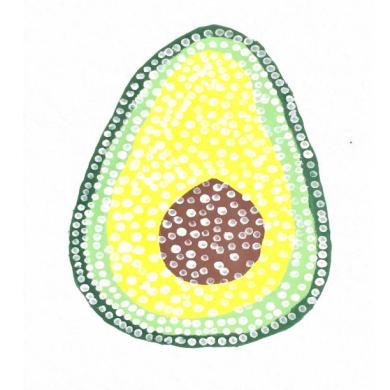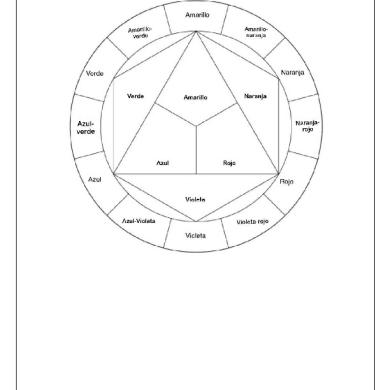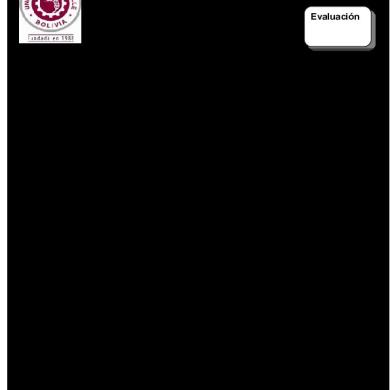* The preview only shows a few pages of manuals at random. You can get the complete content by filling out the form below.
Description
ACTIVITY 3 1. Portrait of Doctor Gachet (1890) By: Vincent van Gogh -Van Gogh was one of the most accomplished and emotionally tormented artists of the modern era. Van Gogh was an impulsive and frequently spontaneous painter who represented many of the ideas of the Post-Impressionist movement, despite being woefully underestimated during his lifetime. Rather of portraying a genuine portrayal of the sitter, Van Gogh attempted to create a complex blend of feelings in the viewer in Portrait of Doctor Gachet. In order to communicate characteristics of strength, intelligence, and melancholy, Van Gogh used painterly rhythms and swirling patterns inside the figure composition. Van Gogh typified the rejection of Impressionistic optimism with such intimate and customized interpretations.
The Scream (1893) By: Edvard Munch - Munch's most renowned painting, The Scream, expresses the key elements of his aesthetic
method with its saturated hues and emotional content. While many critics have seen in the painting as a reflection of the modern era, Munch himself described it as a "study of the soul, that is to say, the study of my own self." The artist created this highly disturbing and personal picture by combining the nightmare image of the distressed individual with abstract renderings of form. Munch presents a different perspective on man's interaction with nature than the Impressionists idealized pictures of rural areas. The protagonist's emotions are reflected in the surrounding surroundings, creating a symbiotic relationship.
2. Paul Cézanne, Vincent Van Gogh, Paul Gauguin, and George Pierre Seurat. 3. The Impressionists were a group of French artists who lived and worked in Paris between 1860 and 1900. They were influenced by the Realists but broke away from the illusionist tradition. They preferred to paint in the open air and used a pallet of pure colors while confronting nature and modern life. While the term "Post-Impressionism" was established in the 1880s. Impressionism's emphasis with the naturalistic representation of light and color was rejected by the Post-impressionists. They preferred a focus on symbolic substance, formal order, and structure. However, they, like the Impressionists, emphasized the picture's artificiality. Impressionism and Post-Impressionism are two of the most well-known and popular creative movements today.
4. The rise of photography can be seen in the Impressionists' interest in capturing a "snapshot" of ordinary people doing ordinary things. At the time, photography was also in its early phases, with camera snapshots.
5. it’s for everyone, and its purpose can be used to promote political, spiritual, or philosophical concepts. Its purpose may also appear to be non-existent.













